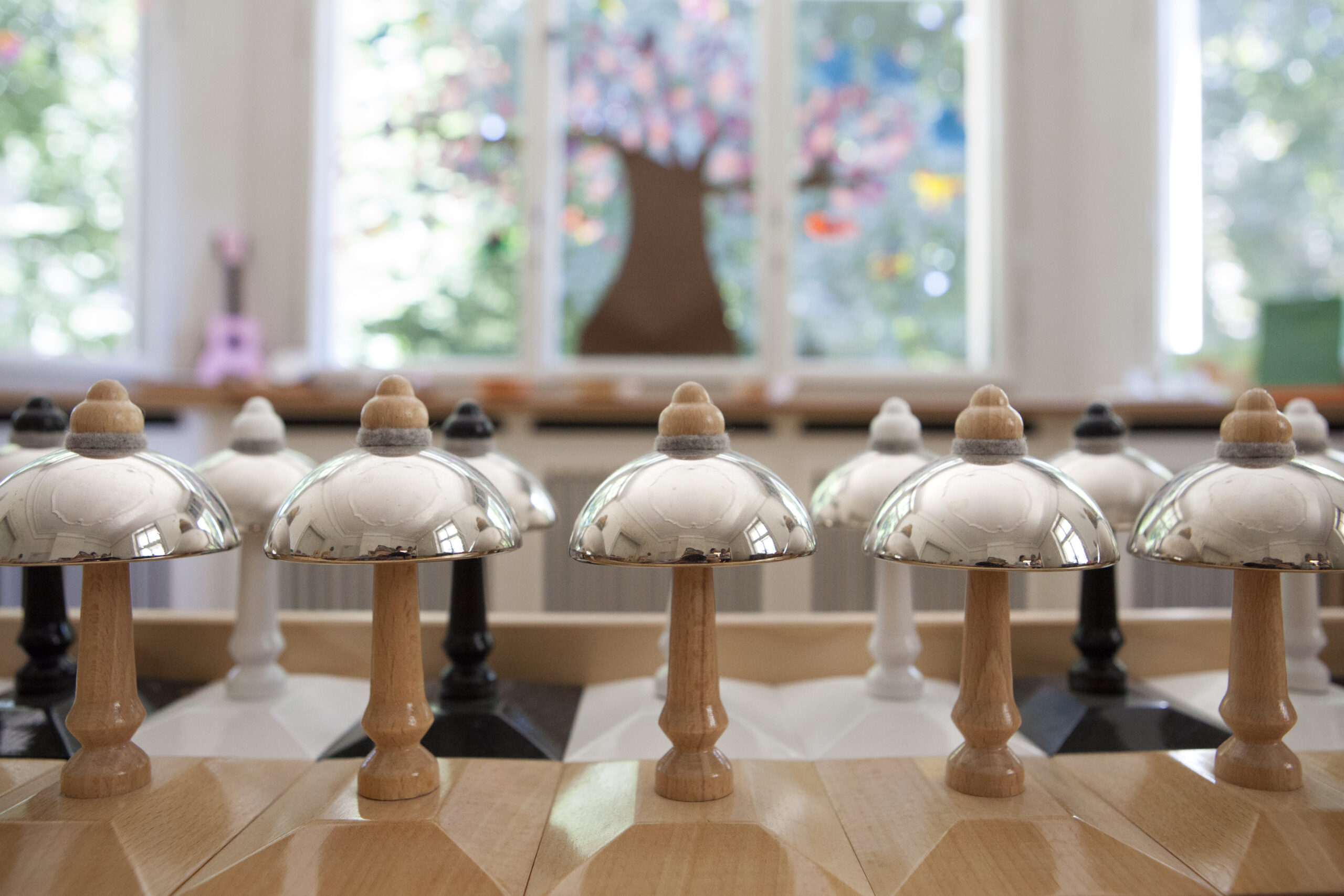Montessori
Infant
Community
Casa dei Bambini / Moongroup
The Moon group is MIC’s Casa dei Bambini (Children’s House) opening its doors for 32 children from three- to six-year-old.
Dr. Maria Montessori noticed that children in this age group are characterized as being “sensorial explorers”. Dr. Montessori wanted to refine the sensory perception so that the child is empowered to perceive his surrounding clearly.
“So, from the age of three till six, being able to now tackle his environment deliberately and consciously, he begins a period of real constructiveness.”
Maria Montessori, The Absorbent Mind

This is a mixed age group as children at this age, need to teach and learn from each other. “They need the society of other children at this age” Dr Montessori emphasized “as they all live together as members of a family”. The hidden purpose is to foster self-discipline, independence and responsibility towards the environment and the other members of their community of peers.
Two distinct aspects drive the development:
- The insatiable need to understand, through work, in which the hand is the instrument and servant of the mind.
- The perfecting, refining, and exerting of all the skills already acquired in the period from 0-3.
In a Montessori classroom a ‘cycle of work’ is present the entire day. As the children arrive in the morning, they look around the classroom and decide what to do, freely choosing their work. For the most part children’s choices are limited to only the set of materials they have been previously shown how to use and is appropriate to their developmental stage.
There is purposely only one set of each material promoting planning, patience and flexibility.
Children work on the chosen material for as long as they are inspired to, then they put it away and select something else. They may choose to engage in learning by themselves, in pairs, or in groups.
“A child who has become master of his acts through long and repeated exercises, and who has been encouraged by the pleasant and interesting activities in which he has been engaged, is a child filled with health and joy and remarkable for his calmness and discipline.”
Maria Montessori, The Discovery of the Child, Clio Press Ltd
The classroom curriculum for children from 3 to 6 years old is divided into four working areas:
- Practical Life:
These are activities that aim to the care of the person, of others and of the physical environment where they live in. As the children wash the dishes, set the tables for everyone, sweep the floor, set the room in order they achieve coordination and control of movement. As also the refined movement of the hand and the spatial awareness and control of their body in their surroundings, they respectfully, gracefully and courteously move about in their environment (stepping around the work of their peers).
As they engage in ‘long cycle of activities” their ability to start and complete a task till the end, develops the will, self-discipline, the capacity of concentration.

2. Sensorial:

Children at this age learn through senses.
The sensorial material works on the principle of “isolation of difficulty and isolation of quality” (color, shape, size, sound, texture, weight, temperature and so forth)
In each material the mathematical nature of the material allows the child to find similarities and difference, thus laying the groundwork for the appreciation of the fundamental principles of arithmetic patterns and calculations.
Dr. Montessori explained this by saying:
“Every single group of objects represents the same quality but in different degrees; there is consequently a regular but gradual distinction between the various objects and, when this is possible, one that is mathematically fixed”.
Maria Montessori, The Discovery of the child
3. Language:
Writing and Reading Skills.
The language skills that have been acquired by the time the child is 3 years of age, sets the stage for further enriched self-expression. A new and fascinating discovery of the properties and precision of his language follows.
- I can make my language visible to others when I write.
- I can interpret the thoughts of others because I can see what they are thinking when I read.
- Words spoken or written, carry out a function and work in a particular order (grammar and syntax).

4. Mathematics:

Dr Montessori observed that all children exhibit human tendencies for order, exploration, abstraction, and exactness.
Motivated by an intrinsic urge to activity and guided by periodic sensitivities, opportunities to discover mathematical concepts are provided to the child through what Montessori calls “materialized abstractions”.
Each lesson follows the previous concept and builds on what the child already knows. Specific language and concepts are presented to the child to match their experience and expand their understanding.
When mathematical concepts are first presented to children, they are embodied in concrete materials that children encounter in their daily life to disclose:
- Pattern and order
- Problem solving
- Fractions
- Spatial relations, spatial patterns, two dimensional shapes as different to three dimensional shapes, similarities, sequences
- cardinal and ordinal numbers
- measurements in lengths, time, temperature, volume, perimeter.
In the Montessori classroom there is no separation between the recognition of mathematical principles in a formal mathematical task and the fields of music, art, geography, botany, and history as the mathematical principles exist, are recognizable and teachable in all of these fields.
Reach Us
Address
Seestrasse 133
8002 Zürich
